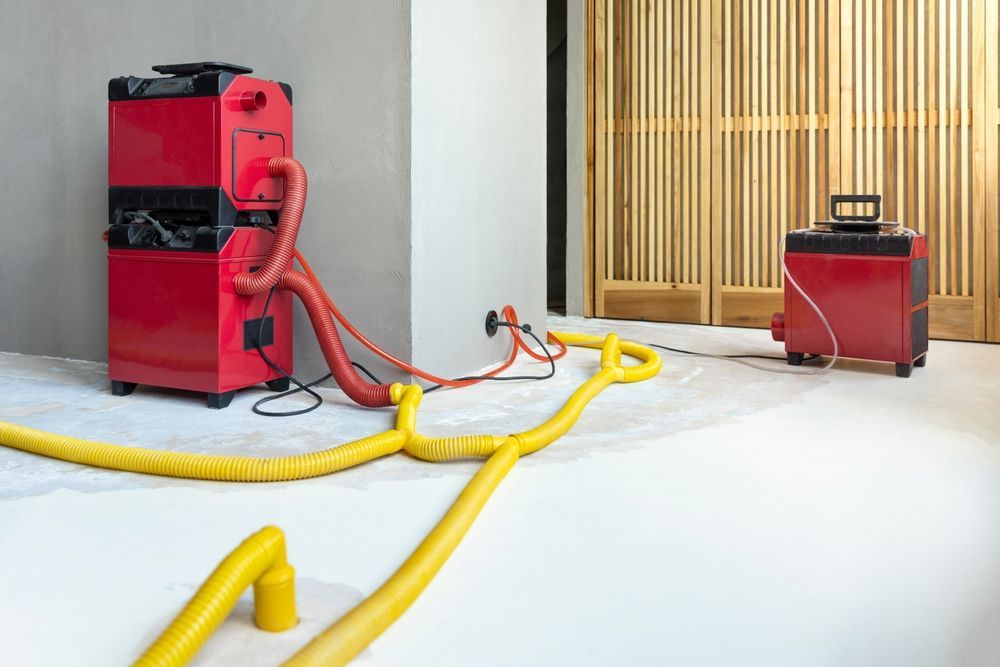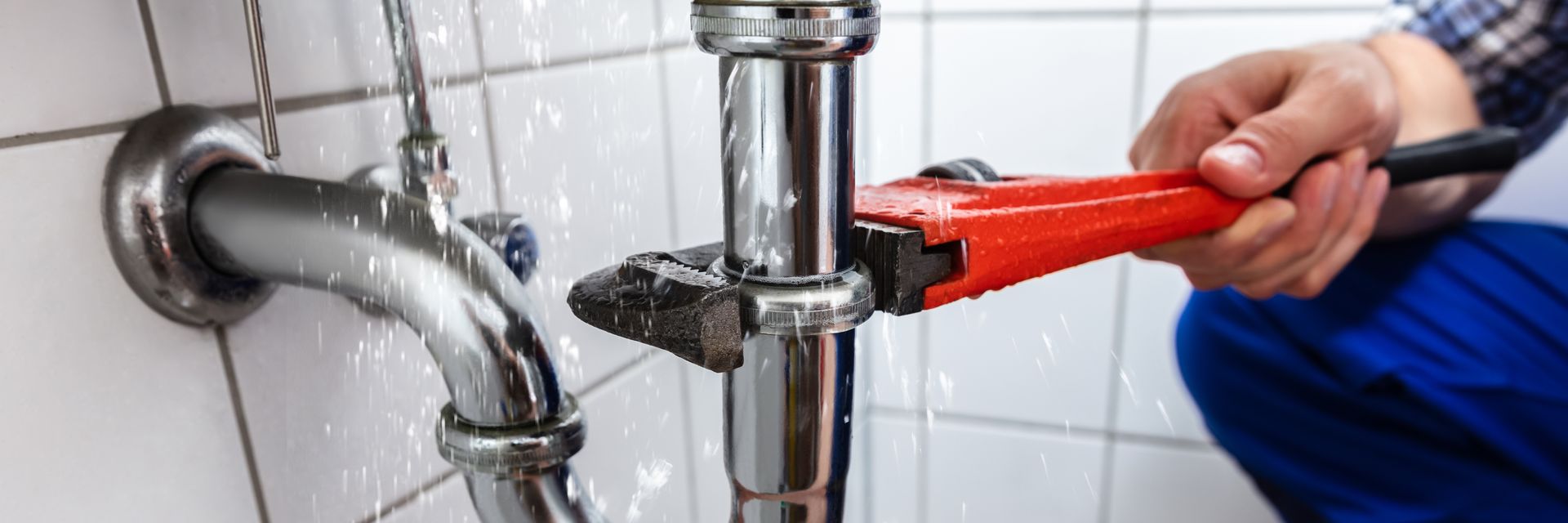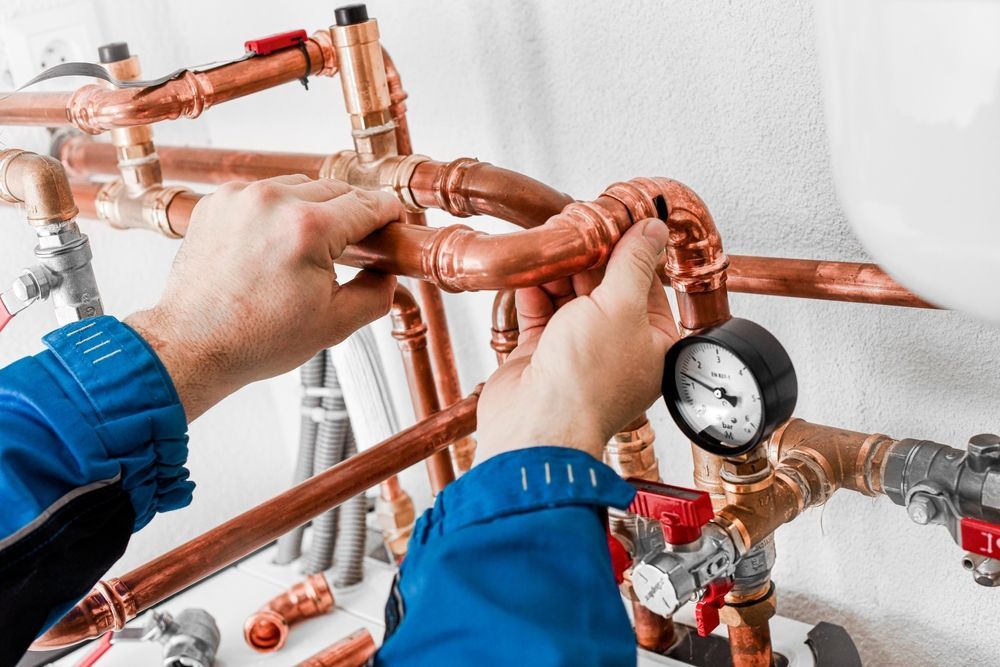Structure Drying: The Key to Effective Water Mitigation and Restoration
Water damage can strike unexpectedly, leaving homeowners and business owners scrambling to protect their properties.
One of the most critical steps in the restoration process is structure drying. This blog explores what structure drying entails,
why it's vital, and the techniques used to restore your space after water damage.

What is Structure Drying?
Structure drying is the process of removing excess moisture from a building's materials—like walls, floors, and ceilings—after water intrusion. This step is essential to prevent further damage, such as mold growth and structural deterioration. Effective structure drying involves a combination of equipment, techniques, and continuous monitoring to ensure that moisture levels return to normal.
Why Structure Drying Matters
1. Mold Prevention: Mold can begin to grow within 24 to 48 hours of water exposure. Structure drying helps eliminate moisture, reducing the risk of mold and its associated health hazards.
2. Property Preservation: Excess moisture can weaken structural components and lead to costly repairs. By drying out materials effectively, restoration professionals can save you from extensive replacements and repairs.
3. Health and Safety: Water damage can pose health risks due to mold and bacteria. A thorough drying process creates a safer environment for residents and workers.
4. Faster Recovery: The sooner the drying process begins, the quicker the restoration timeline. This means occupants can return to their homes or businesses sooner, minimizing disruption.
Techniques for Structure Drying
A variety of methods are used in structure drying, often in combination for optimal effectiveness:
1. Air Movement
High-velocity air movers are deployed to increase evaporation rates by circulating air. This technique helps dry carpets, furniture, and walls efficiently.
2. Dehumidification
Dehumidifiers play a crucial role in lowering humidity levels. There are two main types:
- Refrigerant Dehumidifiers: Effective in smaller areas, these cool the air to condense moisture.
- Desiccant Dehumidifiers: These use moisture-absorbing materials and are ideal for larger spaces or severe water damage situations.
3. Thermal Imaging
Thermal imaging technology allows professionals to detect hidden moisture pockets in walls and floors, ensuring no area is left untreated.
4. Wet Vacuuming
For standing water, wet vacuums are essential for removing excess moisture from surfaces. This initial step significantly reduces the moisture load.
5. Controlled Demolition
In some cases, it may be necessary to remove damaged materials that cannot be adequately dried. This controlled approach helps prevent mold and facilitates better airflow.
Monitoring the Drying Process
Continuous monitoring is critical during structure drying. Professionals use moisture meters and hygrometers to track moisture levels, ensuring drying goals are met and adjustments are made as needed.
Conclusion
Structure drying is an essential aspect of effective water mitigation and restoration. Understanding its importance and methods can help property owners appreciate the restoration process and the efforts involved in protecting their homes and businesses.
Quick action and thorough drying not only safeguard your property but also contribute to a healthier living environment. If faced with water damage, remember the significance of timely structure drying in achieving a successful recovery.
You might also like
Book a Service Today
We will get back to you as soon as possible
Please try again later
All Rights Reserved | Precision


